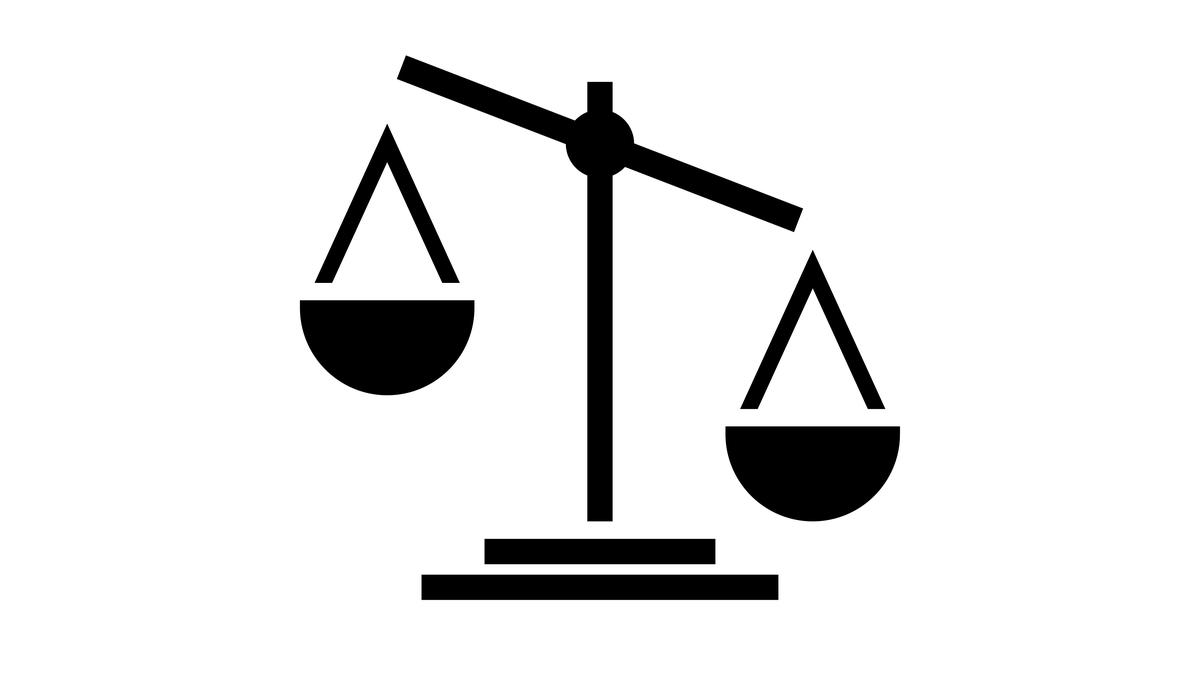
The perfect cocktail of layered discrimination Premium
The Hindu
There is no place for any system in India where some States increasingly look like owners of an imperial centre while others mimic colonies
Delimitation, the biggest elephant in the room called the Indian Union, is about to take centre stage. Statesmen such as Indira Gandhi and Atal Bihari Vajpayee appreciated the explosive potential of delimitation and kicked the can down the road, as it were, to be handled by a future generation. Here we are as that future generation. Do we kick the can further down the road? Do we detonate it? Or do we defuse it? We, the people of India, are at a historical crossroad. Will India remain a federal union? Or will it become an ethno-linguistic majoritarian mega state with minority ethno-linguistic mutinies?
Federalism is part of the inviolable basic structure of the Constitution of India. The Indian Union is a federal union. States are the federating units. Most States find their basis in language and many States of the Indian Union are continuations of ethno-linguistic homelands that have existed for centuries or even millennia. This is precisely why the Supreme Court of India has termed States as political units and not arbitrary administrative units.
Indian unity was forged in the anti-imperialist struggle against British imperialism and that unity continues in independent India through a delicate balance of power distribution between federating units and ongoing dialogue between diverse peoples of the Indian subcontinent.
What is delimitation? Article 82 of the Indian Constitution requires that the number of Lok Sabha seats per State is recalibrated after each Census by the Delimitation Commission, in accordance with the population. Delimitation last happened based on the 1971 census, when in 1976, the Indira Gandhi government suspended the delimitation process for 25 years, until 2001. It was further suspended for another 25 years by the A.B. Vajpayee government, and would lapse by 2026, unless another amendment is introduced. The freezing of delimitation was done in order not to disincentive States that were effective in population control. However, the Narendra Modi government has given hints about undertaking fresh delimitation before the elections in 2029.
Total Fertility Rate (TFR) is a demographic indicator that estimates the average number of children a woman gives birth to during her reproductive years. Even today, TFR of non-Hindi States such as Kerala, Tamil Nadu and West Bengal is in the 1.6-1.8 range, below the replacement level of 2.1. The TFR of Hindi heartland States such as Bihar, Chhattisgarh, Madhya Pradesh, Rajasthan and Uttar Pradesh, at about 3.5, is well above the replacement level. This has been true for many decades and thus by now, a recalibration via delimitation will mean a radical decrease in the proportion of non-Hindi State seats in the Lok Sabha. For example, if delimitation takes place, the proportion of seats in Parliament for the southern States would be reduced from 25% to 17% and the number of seats from Hindi heartland States where the Bharatiya Janata Party (BJP) has electoral dominance would increase from 40% to 60%.
States such as Karnataka, Maharashtra and Tamil Nadu already receive only about 30% of the total funds that contribute as direct taxes, while Bihar and Uttar Pradesh receive between 250% and 350% of their overall contribution. The decision of 16th Finance Commission to include the 2011 Census instead of the 1971 Census to devolve funds to States will be even more discriminatory to developed States. It is cause for worry that continuation of the same pattern would profoundly exacerbate the already existing bias against the non-Hindi States.
India was conceived as a permanent, multi-ethnic, multi-lingual federal union, and not as a mono ethno-linguistic majoritarianism territory. The difference with states such as China and Russia is that they are only federal in name, the population being made of a ethno-linguistic group with a majority of upwards of 80% and several other small minority nationalities. In India’s case, however, there never was a majority ethno-linguistic group. India is a federation of various ethno-linguistic stakeholders, none of whom is a majority in India. But the major ones among them form the basis of various linguistic States, where they are super majority. But with long-term differences of TFR among States, and thereby, ethno-linguistic groups, this long-settled pattern faces the threat of being unsettled. Since 1947, the population proportion of Bengali, Kannada, Malayalam, Marathi, Odia, Punjabi, Tamil and Telugu have all decreased while the population proportion of one language, Hindi, has massively increased, from 36% to nearly 43%; 43% is not too far away from the majority.

The Madurai Bench of the Madras High Court on Thursday (November 14, 2024) dismissed a petition filed by actor S. Kasthuri seeking anticipatory bail. Ms. Kasthuri had moved the court fearing arrest by the Madurai Police for her alleged remarks against the Telugu community during an event in Chennai earlier this month.










